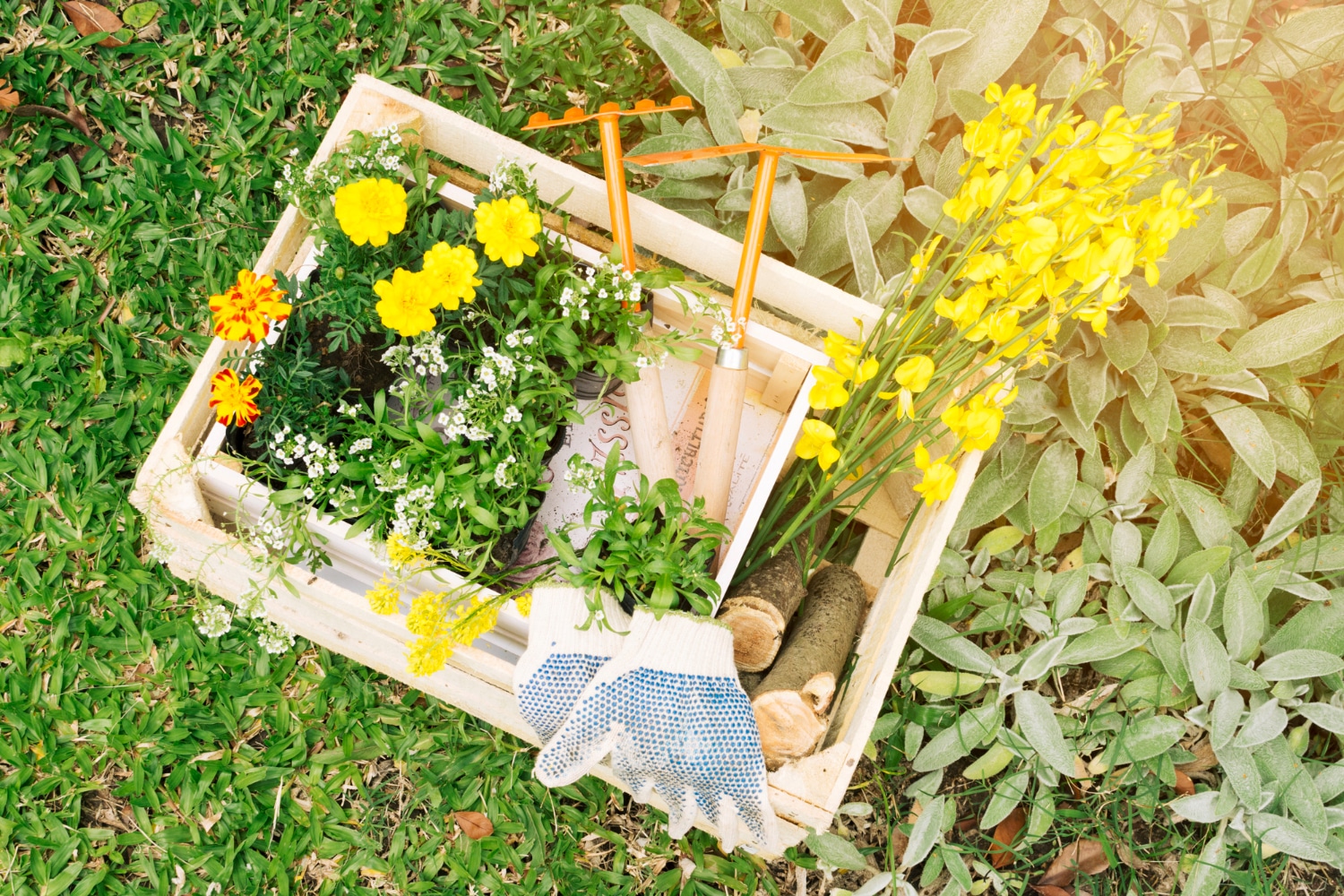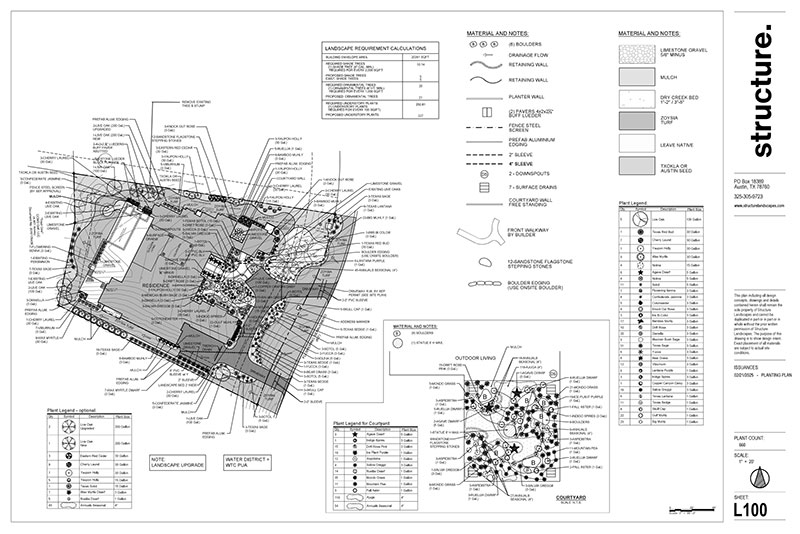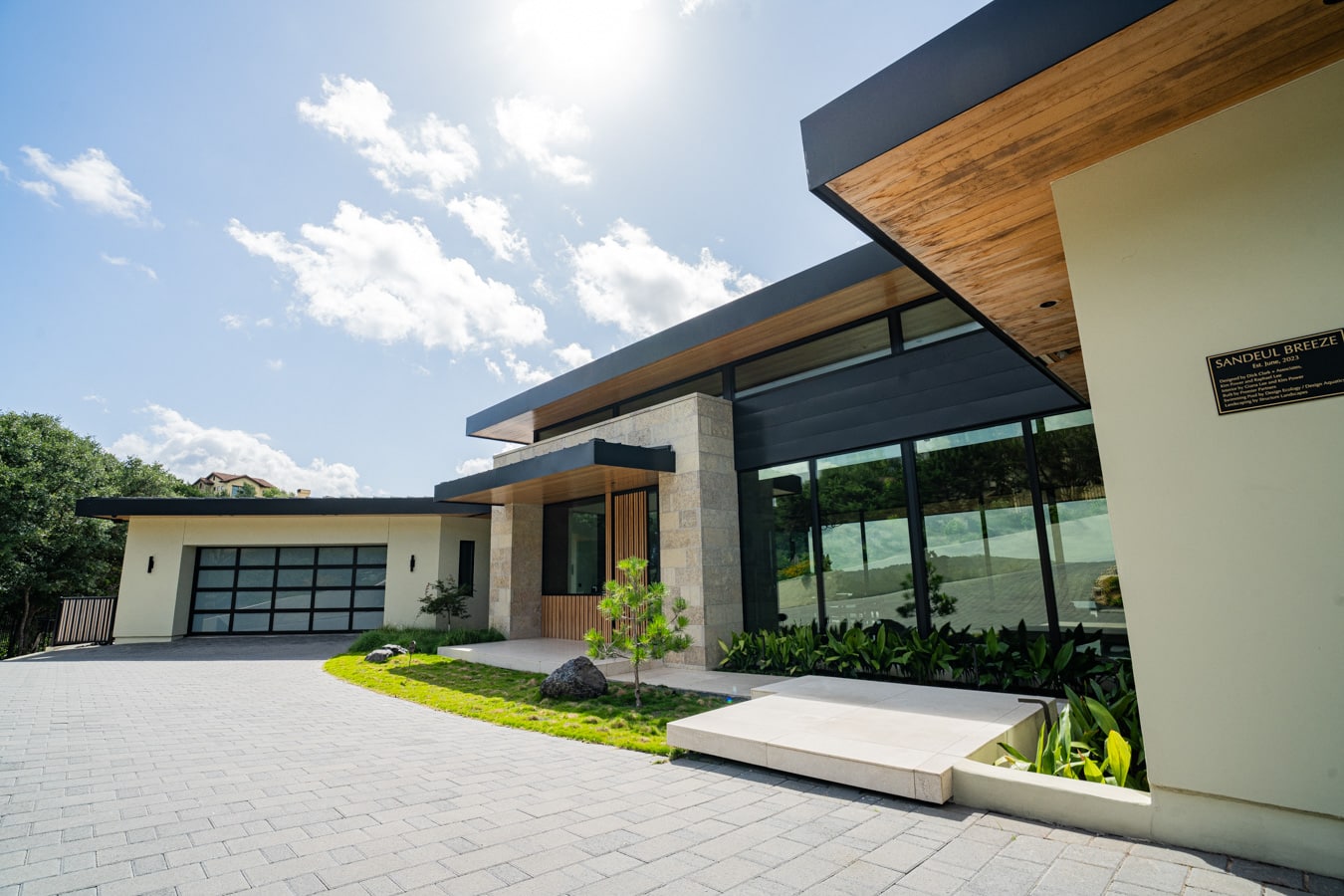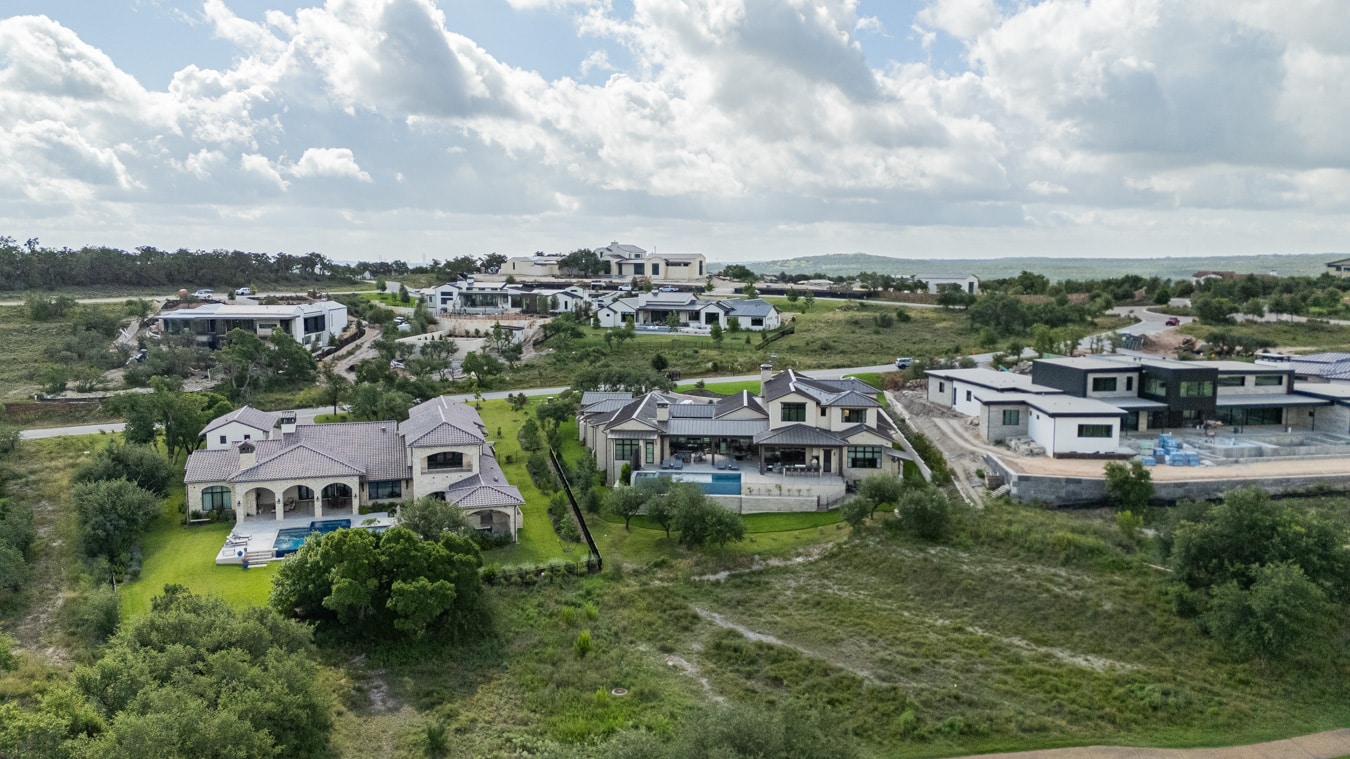Spring is the ideal time for landscaping because new plants have the best chance to establish strong root systems before summer heat arrives. The gentle spring rains provide natural irrigation, while the moderate temperatures reduce stress on newly installed gardens and hardscaping elements. Plus, completing projects early in the season means you’ll have more time to enjoy your new landscape throughout the year.
Spring landscaping projects like installing patios, retaining walls, and water features can significantly enhance the functionality and value of homes. These improvements not only create beautiful outdoor living spaces but also boost curb appeal just as the real estate market is heating up. Starting now allows enough time for plants to grow and hardscape elements to settle before hosting summer gatherings.
The Blossoming Benefits of Spring Landscaping
Spring offers ideal conditions for transforming your outdoor space, as the warming temperatures and increasing daylight create an environment where plants and landscaping projects can thrive.
Optimal Conditions for Plant Growth
Spring provides the perfect balance of moisture and temperature for plant establishment. Trees and perennials planted during this season have time to develop strong root systems before summer heat arrives. This gives them a significant advantage for long-term survival and growth.
The moderate temperatures reduce transplant shock, allowing plants like roses and sage to adjust gradually to their new environment. During spring, the soil warms gradually, triggering natural growth hormones in plants.
Furthermore, spring-planted specimens typically establish 30-40% faster than those planted in summer or fall. The natural rainfall patterns also mean less supplemental watering is needed, saving time and resources during the critical establishment phase.
Strengthening Soil Health in the Spring
Spring soil is naturally more workable and receptive to amendments, as after the winter thaw, the soil structure becomes more porous, making it easier to incorporate compost and other organic matter. Beneficial soil microorganisms also become more active as temperatures rise. These microscopic helpers break down organic material and make nutrients available to your plants.
Spring is ideal for soil testing and adjustment. With the growing season just beginning, there’s plenty of time for pH corrections and nutrient additions to take effect. Adding mulch in spring serves multiple purposes: it retains moisture, suppresses weeds, and gradually improves soil quality as it breaks down. We recommend a 2-3 inch layer around trees and perennials.
The Economic Advantages of Early Landscaping
Starting landscaping projects in spring often means better pricing on materials and labor, as many suppliers offer early-season discounts to encourage business after the winter slowdown. Early planning prevents rushed decisions that lead to costly mistakes, too. Homeowners who begin projects in spring have more time to phase their landscaping investments strategically.
Strategic Landscaping Projects for the Season
Spring offers ideal conditions for several key landscaping tasks that set up your yard for success throughout the growing season. These strategic projects maximize the benefits of spring’s favorable environment while preparing your outdoor spaces for the months ahead.
Introducing Perennials and Annuals
Spring is the perfect time to add flowering plants to your landscape. Perennials like coneflowers, black-eyed Susans, and hostas can be planted now to establish strong root systems before the summer heat arrives. For quick color, consider annuals such as petunias, marigolds, and zinnias. These plants thrive when established during spring’s mild temperatures.
When planting, we recommend:
- Choosing plants suited to your hardiness zone
- Grouping flowers with similar water needs
- Add 2-3 inches of mulch to retain moisture
- Spacing properly to allow for mature growth
Importance of Early Weed Control
Taking action against weeds in early spring prevents them from gaining a foothold in your landscape. Pre-emergent herbicides work by creating a barrier that stops weed seeds from germinating. The timing is crucial, so apply pre-emergent before soil temperatures reach 55°F when many weed seeds begin to sprout. This proactive approach can reduce your weeding work by up to 80% during the growing season.
For existing weeds, early removal prevents them from flowering and spreading their seeds. Pull weeds after rain when the soil is moist, as this makes the task much easier and more effective. Organic options include corn gluten meal as a natural pre-emergent or vinegar-based solutions for emerged weeds.
Upgrading Outdoor Spaces with DIY Projects
Spring is ideal for DIY landscape upgrades that enhance your outdoor living areas. Simple projects like installing a stone path or building raised garden beds can transform your space while temperatures are comfortable for outdoor work.
Weekend-Friendly Projects:
- Installing solar landscape lighting
- Creating a simple fire pit area
- Building a compost bin
- Refreshing mulch in garden beds
- Adding a bird bath or feeder station
These projects require minimal tools but deliver a significant impact. For example, a weekend spent installing path lighting not only improves safety but also extends the usability of your outdoor spaces into the evening hours.
Consider weather-resistant materials like composite decking or treated lumber for projects exposed to the elements. This ensures your spring efforts continue to enhance your landscape for years to come.
Irrigation and Region-Specific Considerations
Spring irrigation setup is critical for landscape success and varies significantly based on your local climate and plant selection. Proper timing and regional awareness can make the difference between thriving gardens and wasted resources.
Customizing Irrigation Systems for Spring
Spring offers ideal conditions for installing irrigation systems because the soil is workable but not overly saturated, making trench digging and pipe laying more manageable than in other seasons. We recommend installing systems early in spring when soil moisture is balanced.
Different property areas require varying water amounts. Lawns typically need more frequent, shallow watering, while tree and shrub zones benefit from deeper, less frequent irrigation. For maximum efficiency, divide your garden into hydrozones, grouping plants with similar water needs together. This practice can cut water usage by up to 25% while improving plant health.
Soil type also affects irrigation needs. Sandy soils drain quickly and require more frequent watering, while clay soils retain moisture longer but need slower application rates to prevent runoff.
Smart controllers with rain sensors can reduce water waste by 15-30% by automatically adjusting to weather conditions. These systems are particularly valuable in regions with unpredictable spring rainfall.
Choosing the Right Plants for Your Region
Regional plant selection dramatically impacts irrigation needs and landscape success. Native plants typically require 30-50% less water than non-native alternatives after becoming established. Early spring bloomers like Lenten rose (Helleborus orientalis) thrive in partial shade across many temperate zones. These hardy perennials need minimal supplemental irrigation once established, making them excellent choices for water-conscious gardens.
Consider your hardiness zone when selecting plants. For example:
- Zones 3-5: Choose cold-tolerant varieties like coneflowers and Russian sage
- Zones 6-8: Many options, including Lenten rose and most flowering shrubs
- Zones 9-11: Drought-tolerant options like lantana and salvia varieties
Get in touch to discuss the best options for your landscape this spring, from native flower beds to functional installations.





